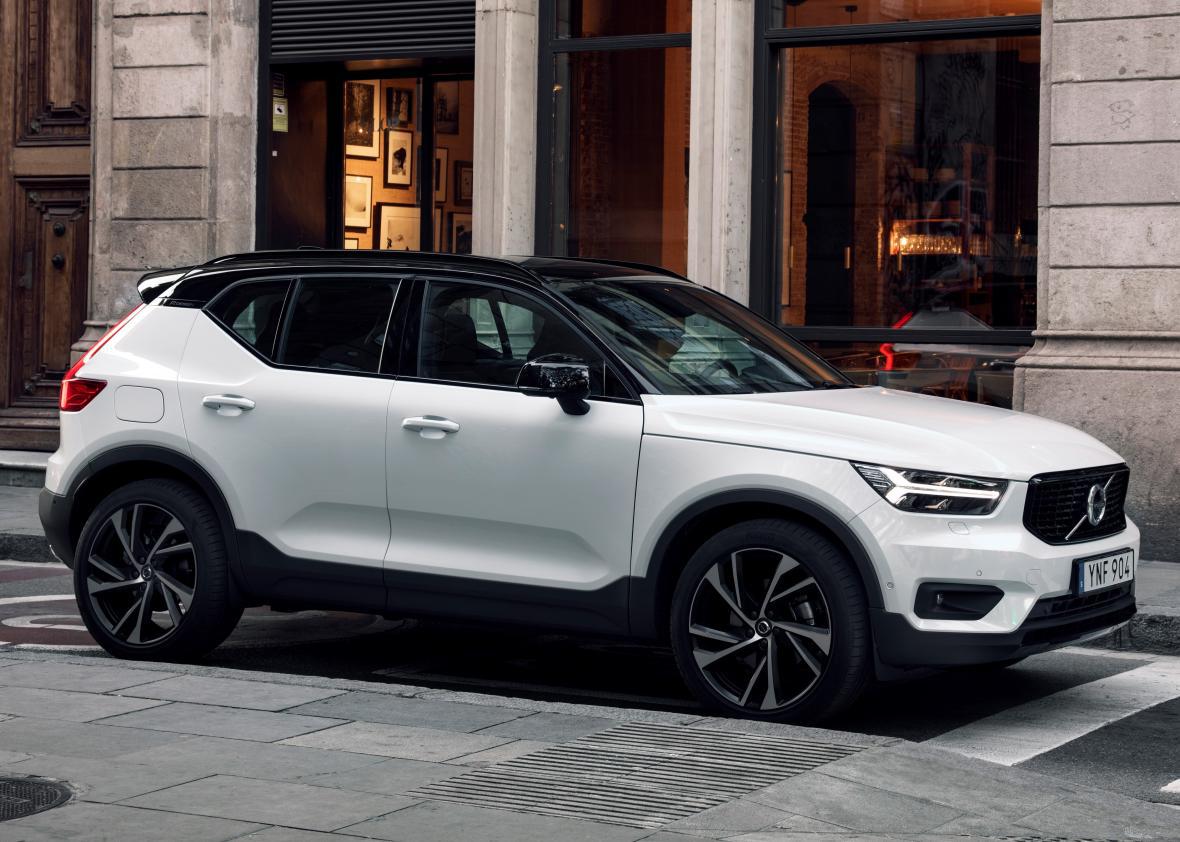A curious trend has taken hold of the automotive community. Until recently, your only options with vehicle ownership were to purchase the car outright or to lease it from a dealership. But in a growing number of metropolitan areas, a third option is emerging: car subscriptions.
Volvo is the latest to start using a subscription model. At the Los Angeles Auto Show this week, the company announced that its upcoming XC40 compact SUV would start at a $600 per month subscription with a two-year contract. “Just like how you might buy a smartphone,” The Verge explains in its post about this news.
Which raises the question: Isn’t this just the same as leasing a car?
In some ways, yes—but not exactly. When you lease a car, you pay a monthly sum to rent that vehicle until your lease term expires. It can be a logical option when you don’t have the cash necessary for a hefty car down payment. A lease can allow you to drive a car you might not otherwise be able to afford. You, the driver, still have to handle getting your own auto insurance and maintaining the vehicle. It’s typically under warranty during the whole lease period.
Ford, Porsche, Cadillac, and now Volvo are among the carmakers giving drivers the option of a subscription. The biggest difference is the time frame: Rather than being tied to a years’ long lease, subscriptions give you the ability to “own” a car on a month-to-month basis. You could theoretically not have a car for 10 months of the year when you’re working and using public transit and then get a car subscription for two months when you’ll be traveling more often. These subscription plans include insurance, saving the time and headache of hunting for a policy yourself. Also unlike a lease: You may not have the option to buy your car at the end of your term.
“Car subscriptions” appear to be a clear bid to garner favor with tech-savvy millennials in busy metropolitan areas—a demographic that was erroneously pegged as avoiding car ownership (amid the myriad things millennials have killed). Most millennials, as it turns out, don’t always want to rely on Uber and public transit for their travel needs. Still, a subscription model—less commitment than a purchase, but more convenient than a car rental service like Zipcar—could fit the bill for drivers teetering on the edge of abandoning car ownership, or ones who can’t quite afford the car of their dreams.
Ford’s car subscription service is called Canvas. On its website, it outlines the car subscription process. First, you choose a car—in its case, a pre-owned vehicle less than three years old—and then you choose a monthly mileage package ranging from 500 miles to unlimited. Additional miles add to your monthly subscription cost, but like some smartphone data plans, if you don’t use all the miles you paid for, they’ll roll over to the next month. From there, you schedule a delivery, and the car arrives with everything else included—registration, warranty, insurance, roadside assistance, and maintenance. At the end of each month, you can renew your subscription or return the vehicle.
Porsche and Cadillac offer similar deals. The Porsche Passport lets you choose among eight car models (including the 718 Boxster and 718 Cayman S) for $2,000 per month or choose from 22 different Porsche models for a $3,000 subscription. With Porsche Passport, you can switch cars as often as you choose. Cadillac’s subscription service, which comes in at $1,800 per month, lets you swap between cars as often as 18 times per year.
Volvo’s just-announced plan, Care By Volvo, is more constrained than these versions—but it’s also cheaper. You can only subscribe to the XC40 Momentum SUV, it’s a $600 flat rate (unless you want a higher end XC40 model, in which case it’s $700 a month), and—more like a lease—you’ve got to hold onto the car for two years. However, it does come with roadside assistance, factory-scheduled maintenance, “wear and tear” replacements on commonly replaced components like windshield wiper blades, and Liberty Mutual auto insurance. (Volvo, unlike many of its competitors, does give subscribers the option to buy their vehicle at the end of their subscription.)
There’s one more big difference between many of these new car subscription services and leasing a vehicle: availability. Cadillac’s BOOK service is only in New York City, Dallas, and Los Angeles; Porsche’s program is based in Atlanta; and Ford’s Canvas program is only in San Francisco and western Los Angeles. Volvo’s subscription service, however, will be available nationwide when it debuts next year.
Looking at costs over the long run, it’s likely the carmakers who will win out in the end—if the idea of car subscriptions catches on as fast as other mobile subscriptions have. These car subscription services seem like an excellent way to simplify the car ownership experience. It’s basically an all-inclusive lease, but with less commitment—and that seems downright logical. If you can get a subscription for everything from music to meals, why not your daily driver, too?
Correction, Dec. 3, 2017: This post originally said subscribers would not have the option to buy their cars at the end of their term. While that is true for its competitors, Volvo does offer the option to buy.
Correction, Dec. 4, 2017: This post originally said Cadillac’s subscription service costs $1,500 per month. The price went up to $1,800 per month in late November.
